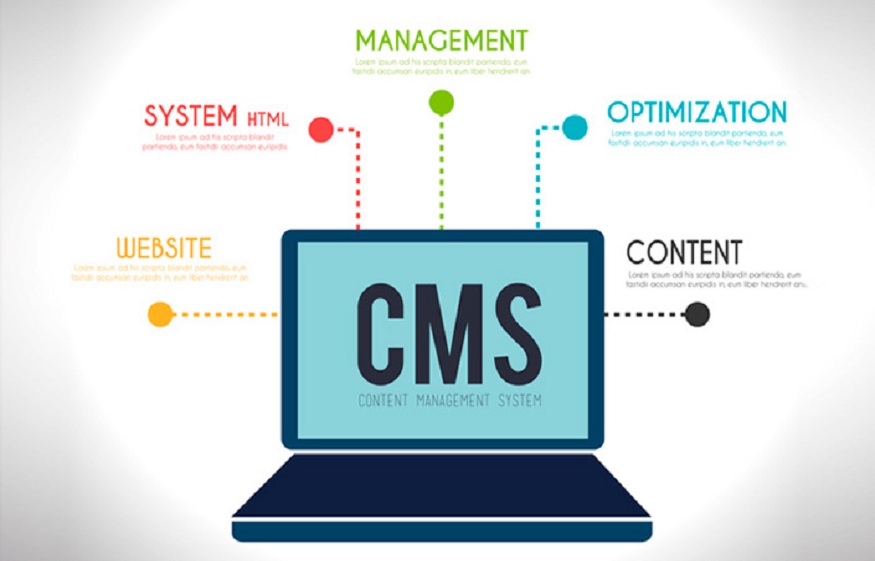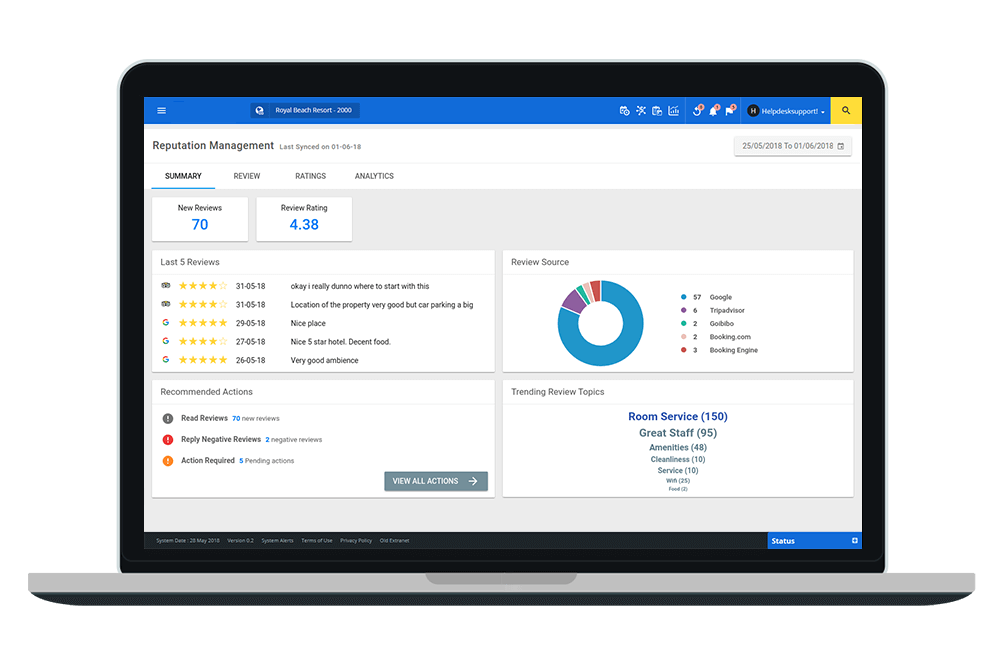To revolutionize content, a media company needs a CMS built for high-volume, real-time publishing, not just a standard website builder. The best CMS for a media company must be highly scalable, support complex editorial workflows, and offer flexible monetization and multi-channel distribution.
A CMS for a media company is a centralized platform that manages the entire content lifecycle, from ideation to distribution and monetization. Unlike a typical CMS, it’s designed to handle a vast amount of content, unpredictable traffic spikes, and the need to publish across a variety of platforms like websites, mobile apps, and social media.
Key Features of a Media CMS
When choosing the best CMS for media companies, prioritize these features to ensure it can meet the unique demands of modern publishing:
- Scalability and Performance: The platform must be able to handle millions of simultaneous visitors without crashing or slowing down. Fast page load times are crucial for both user experience and search engine optimization (SEO).
- Robust Editorial Workflow: For a large team of writers, editors, and fact-checkers, a CMS needs to support a multi-step approval process with clear roles and permissions. This ensures quality and consistency.
- Headless / API-First Architecture: This is a crucial feature for the modern media landscape. A headless CMS separates the content backend from the front-end display. This means you can create content once and publish it to any “head” or device, including your website, a mobile app, or a smart TV app. This approach provides unparalleled flexibility and allows you to “future-proof” your content.
- Advanced Monetization Tools: The CMS should have native support for various revenue streams, including programmatic ad management, flexible paywalls for subscriptions, and integration with e-commerce platforms.
- Comprehensive Media Asset Management: Media companies deal with a massive library of images, videos, and other digital assets. The CMS should have a powerful system to store, organize, and automatically optimize these assets for different platforms.

Licensed by Google
- SEO and Social Integration: To maximize content reach, the CMS should offer built-in SEO tools and seamless integration with social media platforms for easy sharing.
- Real-time Analytics: The ability to see real-time data on content performance, audience engagement, and revenue is essential for making quick, data-driven decisions.
Top CMS Solutions for Media Companies
The ideal CMS depends on your organization’s size, budget, and technical expertise.
Enterprise-Grade Solutions
These are built for large-scale publishers and offer a complete suite of tools.
- Arc Publishing (by The Washington Post): Considered the industry standard for major news organizations, Arc was built to handle The Washington Post’s demanding operations. It’s a cloud-based, comprehensive platform with tools for content creation, subscriptions, and advertising.
- TownNews: A popular all-in-one solution for local and regional news outlets. It provides a full suite of services, including a CMS, mobile apps, and ad management, simplifying the technology stack for publishers.
- CoreMedia Content Cloud: A powerful enterprise CMS and Digital Experience Platform (DXP) known for its hybrid headless architecture and advanced personalization features.
Flexible and Developer-Friendly Options
These are great for companies with in-house development teams who need a high degree of customization.
- Drupal: A highly versatile open-source CMS with a long history in the media space. Its Thunder distribution is specifically designed for news publishers.
- WordPress (with plugins): While a generalist CMS, a self-hosted WordPress installation with the right plugins and a robust hosting plan can be a powerful and cost-effective solution for small to medium-sized media outlets.
- Headless CMS (Contentful, Strapi, Sanity): These platforms are ideal for building lightning-fast, highly customized front-ends. They provide the content backend, but you are responsible for building the presentation layer.




